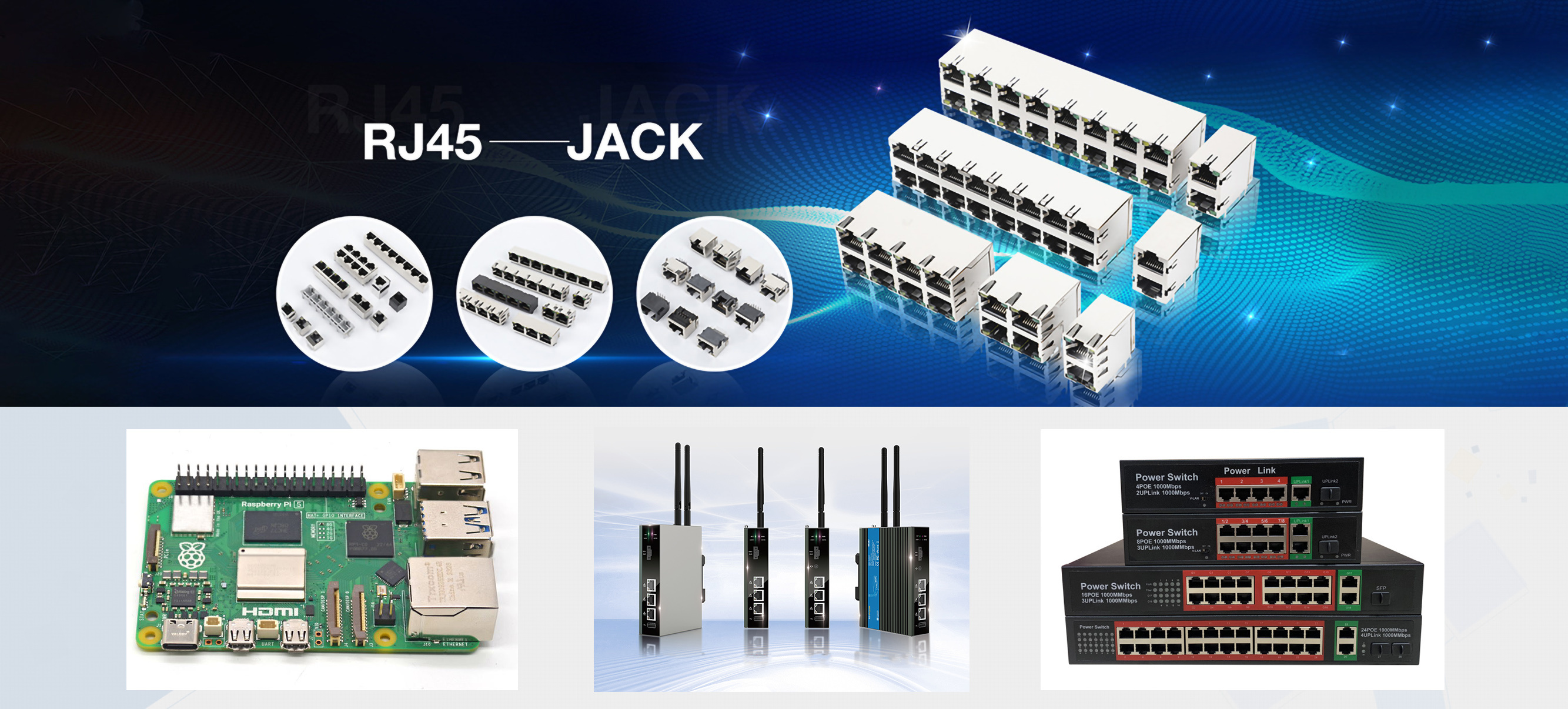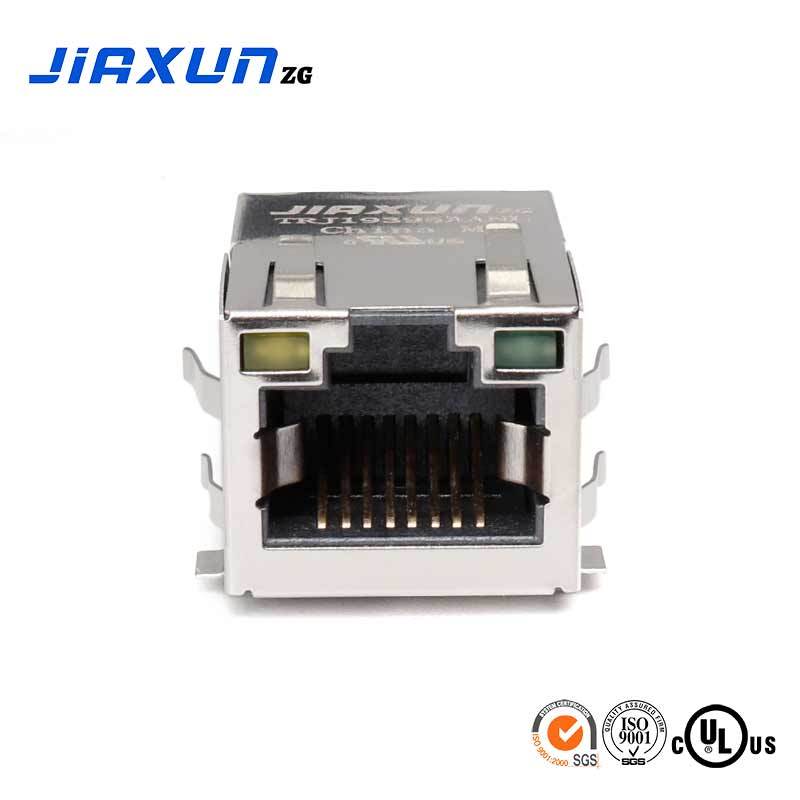27
2024
-
07
Advantages and disadvantages of RJ45
Author:
he advantages and disadvantages of the RJ45 port are listed below:
Advantages:
1. High transmission quality: RJ45 port is according to the ISO/OSI reference model, in line with the EIA/TIA-232, EIA/TIA-4954 and other interface standards, the transmission rate of up to 100Mbps, with good transmission quality and stability.
2.Easy to install: The RJ45 port is a standard 8-pin, 8-wire connector, which is very easy and convenient to install.
3.Reliable connection: Because its internal pins are made of carbon copper material and are crimped in a diagonal pair, the reliability of its connection is very high.
4. Wide range of adaptability: the RJ45 port can be used to connect telephones, local area networks (LANs), wide area networks (WANs), and various data transmission networks.
Disadvantages:
1. limited transmission speed: Although the RJ45 port theoretically supports high transmission speeds, but in practice by the wire, production process, environmental factors, etc., its actual transmission speed often fails to achieve the desired results.
2.may produce crosstalk: when using the RJ45 port two pairs of wires to transmit data at the same time, may produce crosstalk problems, i.e., the former pair of wires signal interference to the next pair of wires.
3. Need for proper maintenance environment: If the working environment is poor, such as excessive humidity, high temperature, etc., it may cause oxidation of the RJ45 port, thus affecting the transmission effect.
In general, the RJ45 port is excellent in terms of stability, connection reliability, and a wide range of applications, but the transmission speed and crosstalk issues need to be noted, so it is important to choose a good RJ45 manufacturer to ensure high-quality products.

Next Page
09
2025-09
How to Choose the Right Industrial-Grade RJ45 Connector? Selection Guide and Precautions
09
2025-09
RJ45 Connector Buying Guide: Why High-Quality Connectors Are the Key to Network Stability?
08
2025-09
5 Ways Integrated Magnetic RJ45 Connectors Simplify PCB Layout and Save Space
28
2025-08
Custom RJ45 Magnetic Connector: What You Need to Know About Protocol Adaptation & Size Customization
28
2025-08
Molex vs. Phoenix Contact vs. CUI: A Detailed Comparison of Magnetic RJ45 Connectors
26
2025-08
Sourcing RJ45 MagJack for IoT Devices: Why Chinese Manufacturers are a Popular Choice
26
2025-08
RJ45 MagJack vs. Standard RJ45 Jack: Which One Do You Need?
Contact Us
Factory add: NO.54. Jinhu South Road, Chenjiang Town, Zhongkai Hi-tech Zone, Huicheng District, Huizhou city, China
Telephone:0752-2099791
Office add: B901-1, Silver Star Hi-Tech Building, No. 1301 Guanguang Road, Longhua District, Shenzhen, China
Website:www.jiaxunzg.cn
Telephone:0755-81752121
Fax: 0755-81752963
Mailbox:sales1@jiaxunzg.cn
Mailbox:sales2@jiaxunzg.cn
Mailbox:sales3@jiaxunzg.cn
Copyright © 2024 Jiaxun (Huizhou) Intelligent Technology Co., Ltd. Privacy Policy






